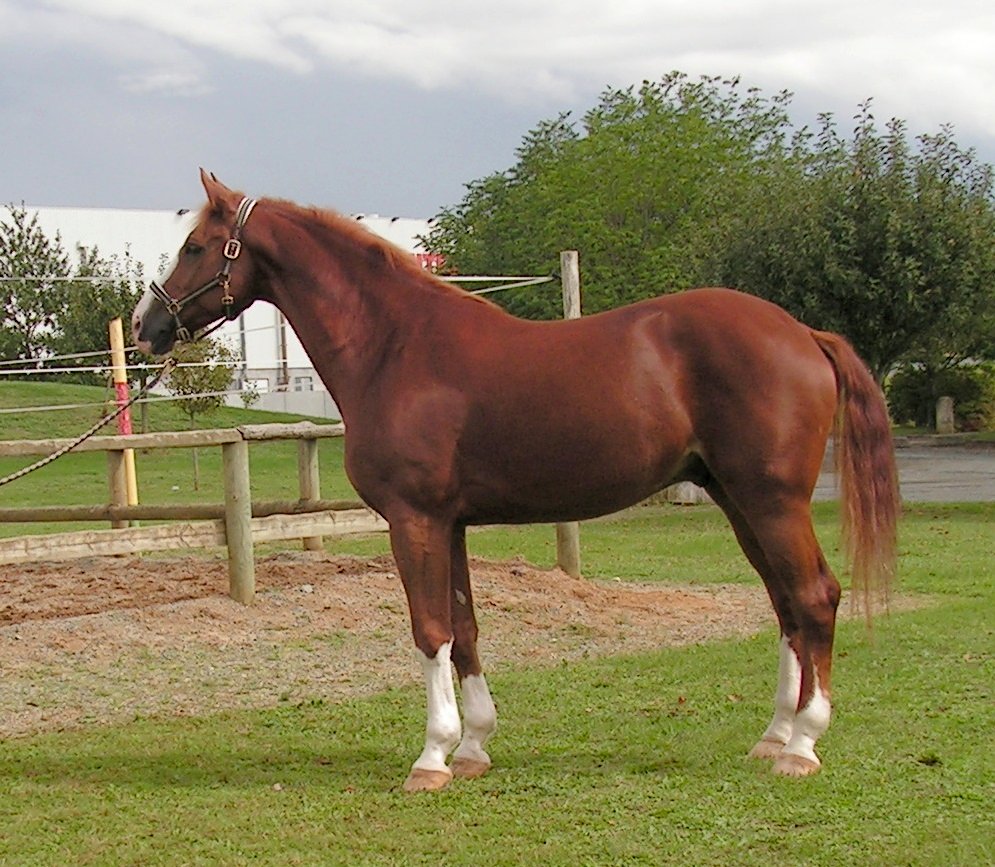Tartessian aibᵘuris /Aiburis/ appears at the beginning of a
funerary inscription (J.3.1) and is frequently interpreted as an
anthroponym whose second element -ris would correspond to Celtic *-rīxs 'king' > -rix,
which in fact is the most frequent element in Gaulish anthroponymy1.
However, the first element aibu- (likely reflected in Iberian aibe), doesn't have a clear Celtic etymology, although it appears in the Gallaecian theonym Aebosocelensis2 and possibly also the toponym Aipora (modern Évora)3.
Prósper proposes a link to Greek aipús 'steep, craggy', aípos 'hill, crag', whose etymology is disputed4. If the labial stop comes from a labiovelar, we could compare it to the Italic toponyms Aequāna, Aequum Faliscum and Aequimelium (a village on the hillside of the Capitoline), the latter being a calque of the Gallaecian form. Although homonymous to Latin aequus 'equal; fair, even' < *aikʷo-, we can hardly expect Aequimelium to mean 'confraternity hill' or the like.
On the other hand, we've got Gallic (Gaulish) *aikʷo-randā 'boundary' as the source of the toponyms Aigurande, Eguérande, Eygurande, Iguerande, Ingrande(s), Yvrande(s), La Guirande, Eurande, etc5. The first element *ekwo- has been alternatively linked to Latin aqua 'water' (absent from Celtic) or aequus, but in my humble opinion it would make more sense to be a foreign loanword related to the Italic toponyms.
_________________________________________
1 X.
Delamarre (2008): Dictionnaire de la langue gauloise, 2nd edition,
pp. 259-260.
2 B.Mª. Prósper (2000): Lenguas y religiones prerromanas del occidente de la Península Ibérica, p. 112.
2 B.Mª. Prósper (2000): Lenguas y religiones prerromanas del occidente de la Península Ibérica, p. 112.
3 J.T. Koch (2013): Celtic in the South-west at the Dawn of
History, 2nd edition, p. 141.
4 P. Chantraine (1968): Dictionnaire étymologique de la langue grecque, p. 37-38.
4 P. Chantraine (1968): Dictionnaire étymologique de la langue grecque, p. 37-38.
5 X. Delamarre, op. cit., pp. 163-164.











